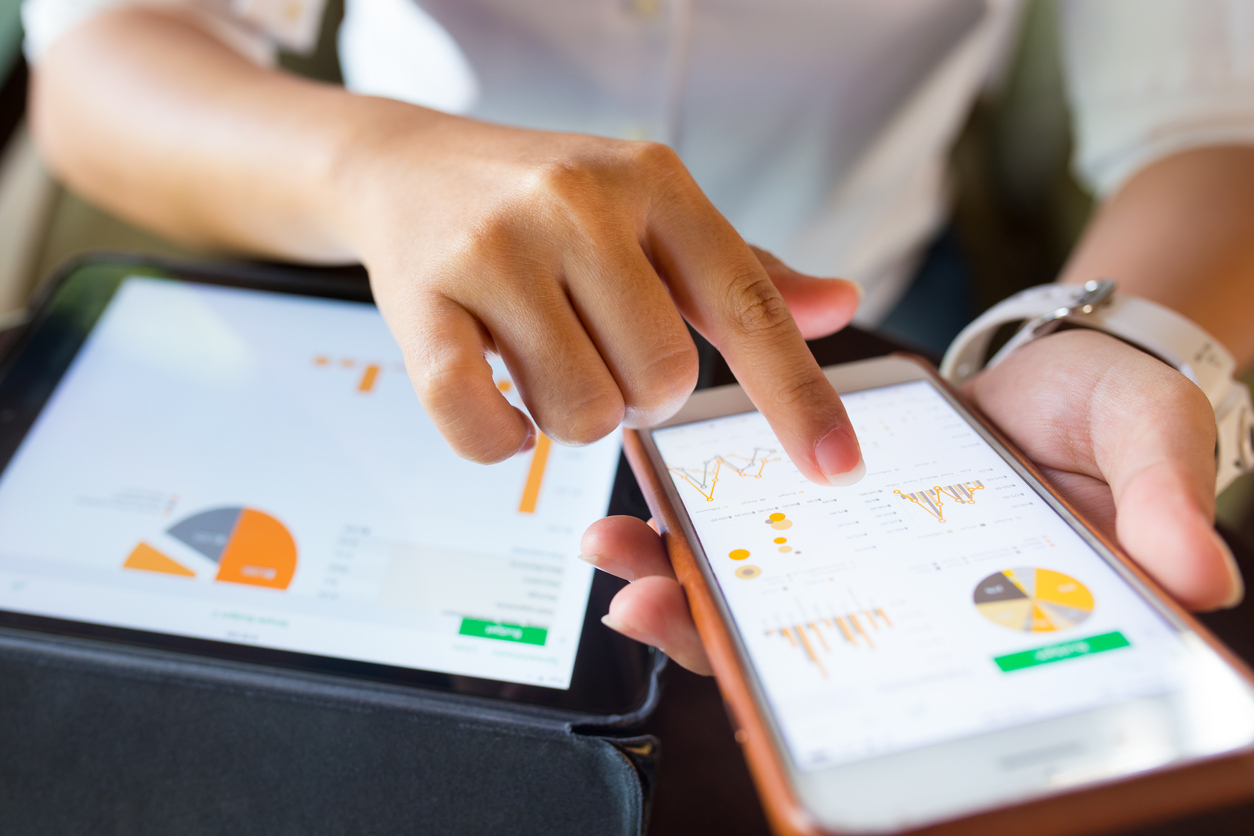Different kinds of trading software cater for all investor skill levels. Before you jump into the market, you should decide how deep you wish to go.
Online trading can be a profession or a hobby. Either way it helps to have sophisticated trading software that empowers you to know what's happening with the market in real time. Many traders lose money in the beginning because they haven't learned about the tools that can help them weigh risk with reward. Here's a guide for choosing the right electronic trading technology.
Purpose of Trading Platforms
Trading platforms are computer systems designed to provide traders with analysis along with tools for evaluating the market and making online transactions. As financial researcher Gartner notes on its website, "Trading platforms directly or indirectly facilitate the placement of orders for financial products with another financial entity or intermediary over a network." If you want to read reviews on trading platforms, there are products that can assist you in your research.
Evolution of Trading Platforms
The first electronic trading platforms were used by some brokers in the 1970s over private networks. In this early period, trades weren't executed in real time. The first online trading platforms aimed at retail traders appeared in the early 1990s. The internet became a global sensation by the middle of the decade as online trading became part of the frenzy of the dotcom boom.
In the 2000s, online trading was popularised by CNBC host Jim Cramer, a former hedge fund manager who mixes humor with stock picking. His emphasis has been on short-term swing trading and portfolio diversity. Day trading became trendy in the new century, but many day traders were wiped out due to not practicing risk management or having all the relevant market data at their fingertips. Since then high-frequency trading software has become part of the equation for top pro traders.
Level 1, 2 and 3 Quotes
Understanding the three different levels of market quotes is essential to gaining an edge as a trader and choosing the appropriate software. Most of the stock prices published on popular websites are Level 1 quotes from a system that delivers basic market data such as the best national bid and ask prices for any security. This level is often used by long-term traders who don't care much about daily price fluctuations.
[ymal]
Levels 2 quotes provide more comprehensive market information, which is why it's the preferred choice of day traders and swing traders. You get up to ten bid and ask prices, enriching you with insights on which direction the market is leaning at any moment in the trading session. Level 3 provides even deeper information, but it's mostly used by brokers and market makers. This level provides up to 20 best bid and ask prices.
Consider Your Trading Style
Professional traders usually develop trading styles that reflect their personalities in terms of how they approach risk management, market research, trade execution and analysis. Each trader has their own unique style, so think about what type of trader you want to be. If you just want to make occasional trades, all you need is a platform that connects with Level 1 quotes. But if you want to make trading your full-time career, you'll need Level 2 quotes.
Ask yourself if you want to immerse yourself in vast amounts of market data on a daily basis. If so, invest in trading software that delivers Level 2 quotes. The more data you analyse, the greater the edge you'll develop over traders who rely on minimal homework and good luck. Another dimension to successful trading is predetermining how you will exit a trade, depending on how the price moves.
Trading platforms commonly provide tools for making various types of market transactions such as buying or shorting stocks. Many pro traders use limit orders to set their own prices and wait for the market to hit their targets. Market orders pose more risk as they are executed at the current market price. Ideally, the software should be seamless, user-friendly and provide up-to-the-second market data.
Conclusion
While being a profitable trader comes down to entry and exit strategies, it helps to conduct your market research, transactions and analysis all on one trading platform. The key to finding the right platform is evaluating how much time you want to devote to participating and studying market activity.













